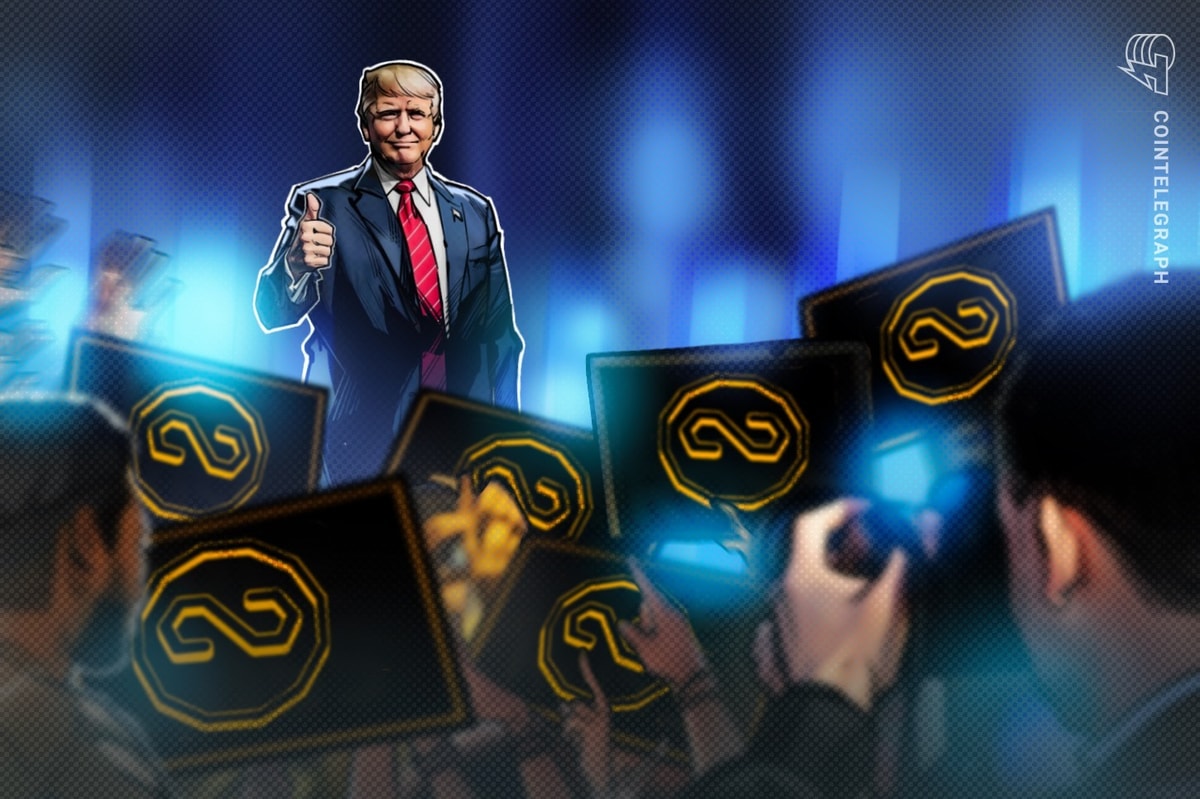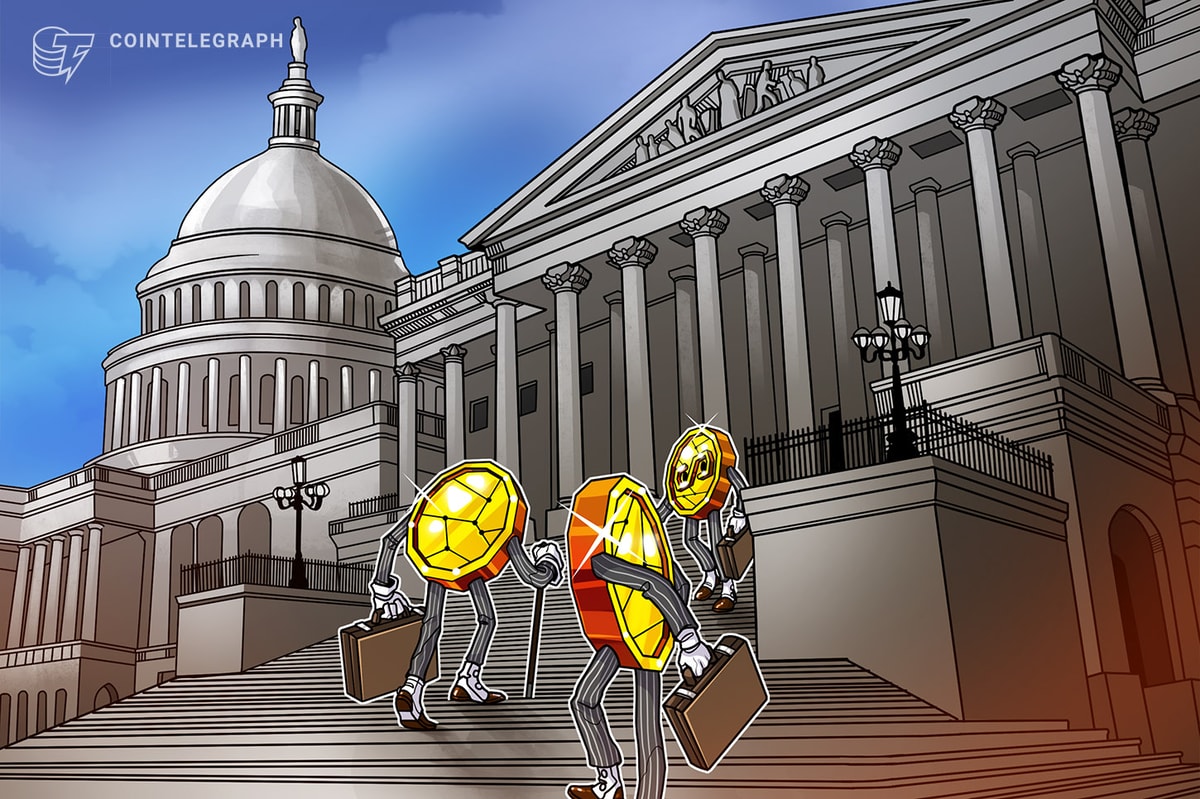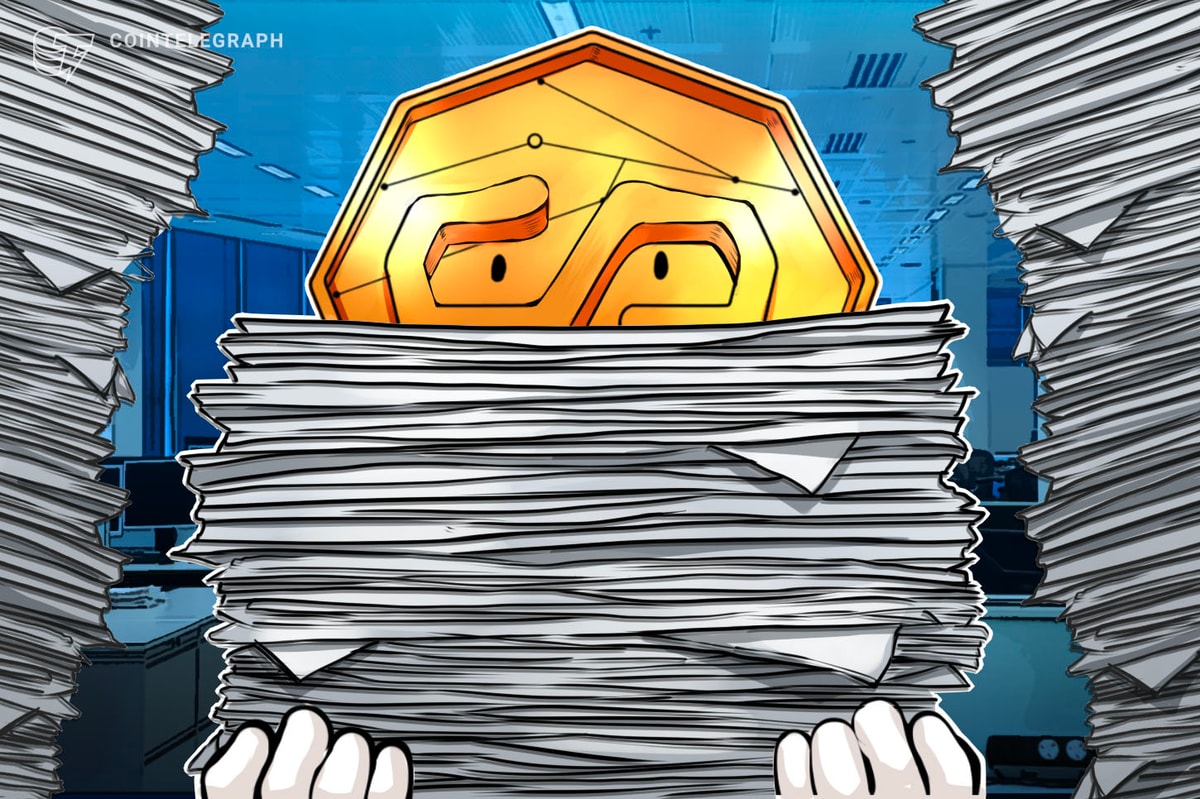
The next upcoming Bitcoin convention is in Raleigh, North Carolina on August 15th and 16th. Interestingly Cryptolina.com will have as keynote speaker Edmond C. Moy, the 38th Director of the US Mint as well as Adam Draper, Founder/CEO of Boost VC. The Raleigh/Durham area in North Carolina is an important tech hub so it does make sense that a figure representing Venture Capital will be among the speakers. As for Mr. Moy, I’ve heard from the organizers that he is actually in favor of Bitcoin. I can only suppose the love is mostly about the payment system and the certification of information in a decentralized manner that the block chain is giving us. I guess we'll find out.
I’m bringing this up because the US mint had a role much in line with the US constitution in the 19th century but this alignment has been “rusting” since then. The 2 main relevant sections of the US constitution concerning money and the mint are in Article 1, section 8 and in section 10. Section 8 specifically lists the power that was granted by the State to Congress. Anything not listed is not in the power of the federal government. In section 8, the part concerning the US mint is as follow (see bold text):
To coin Money, regulate the Value thereof, and of foreign Coin, and fix the Standard of Weights and Measures;
While section 10 has this part with two relevant statements to this discussion highlighted in bold:
No State shall enter into any Treaty, Alliance, or Confederation; grant Letters of Marque and Reprisal; coin Money; emit Bills of Credit; make any Thing but gold and silver Coin a Tender in Payment of Debts; pass any Bill of Attainder, ex post facto Law, or Law impairing the Obligation of Contracts, or grant any Title of Nobility.
Remember that this should be read in the context of the time to be able to properly understand the meaning. What this means is that the States are not allowed to “coin” money, as this was a power the States granted to Congress. To coin money meant to create gold and silver coins with a specific weight and size so that it can easily be recognized throughout the country to facilitate exchange. Otherwise, it might have led to a complex game of guessing how much silver is in this Georgian coin versus this Maryland coin. Standardizing it at the federal level was the role for which the US mint was established. But the other interesting part I’ve highlighted mention that the States should not make anything but gold and silver coin as a mean to pay any debt. So article 10 specify that the States can only recognize gold and silver coin but they are not to mint any, while article 8 grants this power to Congress. This does not allow Congress to dump this role to any other entity.Since then, the US mint has been minting anything but gold and silver coins except for investors to collect and invest. They still put $50 on 1 ounce of gold while the current price is currently $1300, only more confusing the population. The fact paper currencies were used for convenience allowed the state to print more of it and to cheat away from this rule. An interesting anachronistic question that comes: what if Bitcoin was invented back during the time the US Constitution was written and had been added to that list. With an electronic representation that cannot be tricked, a horse might still cost $75 dollars today, or perhaps even less.I’m looking forward to the convention. Bitcoin provides a payment system which is already somewhat controversial as it bypasses banks and government restrictions. Just ask the government of Argentina. But the currency is what usually creates more controversy as it is completely unregulated and has a fixed supply. Around 2140, it is expected that all the 21 million bitcoins will be created. Then, we will experience slight deflation as people lose their password. During the early months of Bitcoin’s history, the term “Natural Deflation” was shared with Satoshi Nakamoto who found it as an appropriate term. You can check this conversation in Chapter 30 of The Book of Satoshi at BookOfSatoshi.com, a book that I wrote that includes the collection of writing from Satoshi Nakamoto along with explanations.I too will be speaking at Cryptolina conference and my topic will be about a proposed method to allow for side chain now. So far, support of a side chain requires a modification of the existing Bitcoin protocol, while this proposal avoids it. It does require the miners who are interested in participating in the side chain operation to run a separate protocol along with a slight modification of the Bitcoin software. The miners on the Bitcoin block chain compete for generating the SHA256 output of their respective block that needs to be below a certain threshold. The winner might not be among the subset of miners who participate in the side chain, and so the proposal requires the next runner up, the miner who had the lowest SHA256 output while running the race. This requires a slight modification to record their best result and this does not affect the Bitcoin protocol in anyway. You can view the paper here:philchampagne.github.io/xsidechain/Side_Chain_without_Bitcoin_modification.pdfHope to see you there.May the coin be with you










